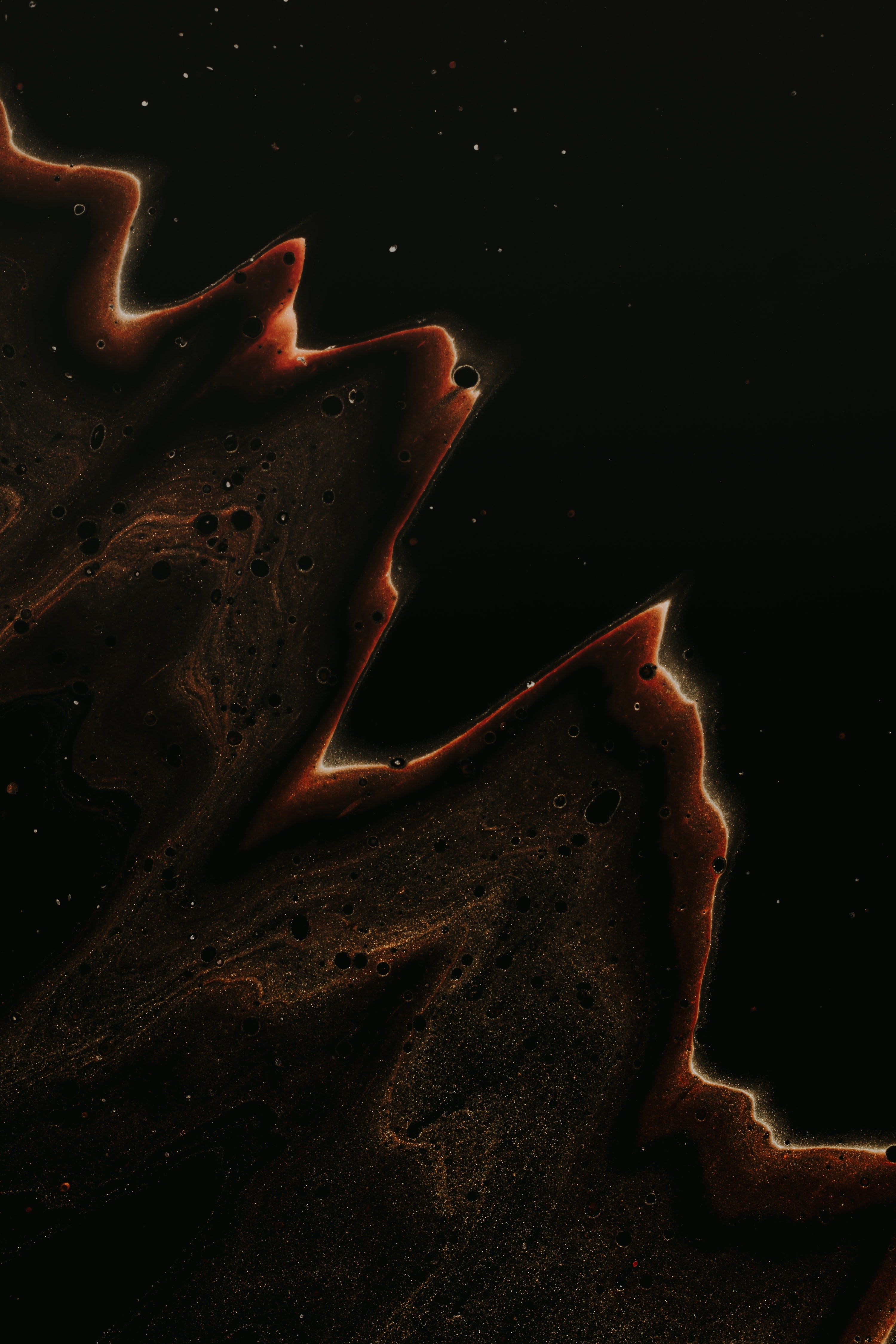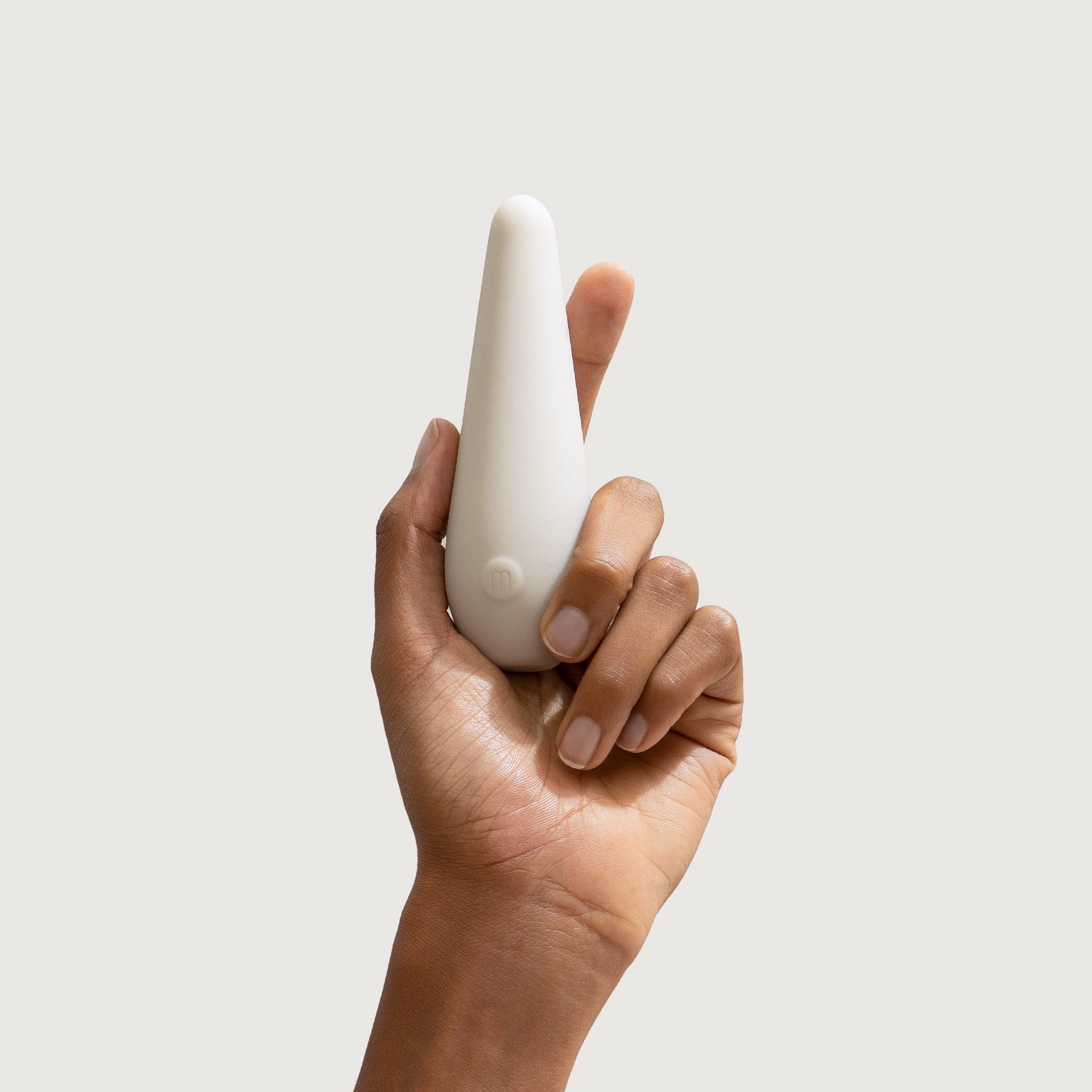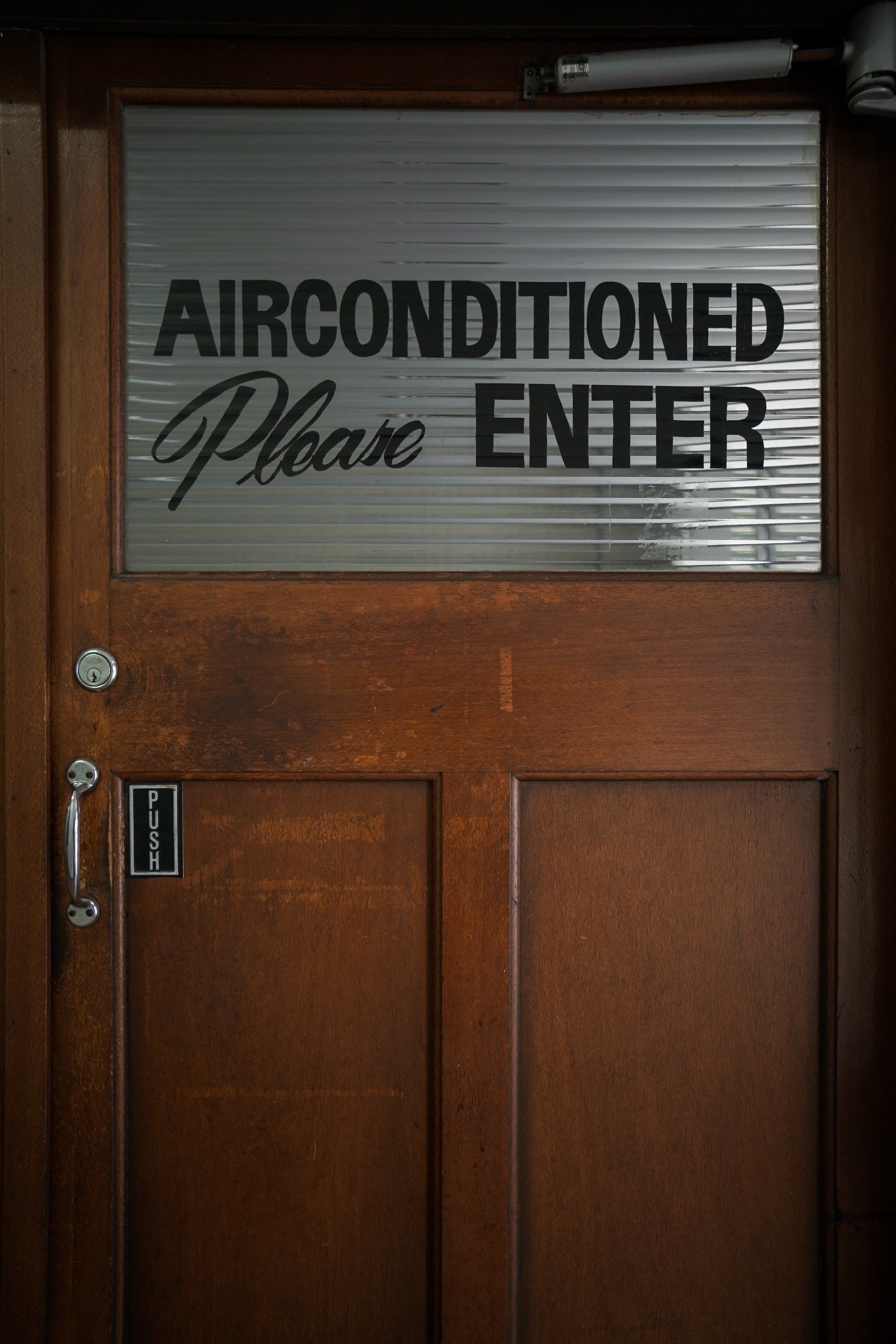How history turned the heart into an icon.

Not your average pulmonary artery.
There’s nothing “cute” about the pulmonary organ we call the heart. It’s no surprise that lockets don’t come with anatomically accurate artery-shaped pendants, or that valentine’s day candy isn’t served in veiny asymmetrical vessels. That said, the visual symbol we associate indefinitely with the heart bares little resemblance to the actual blood-pumping masses in our chests—so where did the round-topped, v-based icon we’re all so intimately acquainted with come from?
Early Birth Control
According to historians, the shape has been around for centuries—long before it earned its stature as the most heavily utilized emoji on the planet. That said, its actual significance as an indicator of love is hard to determine. One of the oldest examples we have of the heart shape comes from an Indus Valley civilization pendant embossed with a heart-shaped leaf. At the time, fig, ivy, and water-lily leaves were used in most art—and ivy, in particular, served as a symbol of fertility.
Not all theories are quite this simple, though. Among the more novel hypotheses in this realm has to do with a species of fennel endemic to the North African coastline, supposedly used as an early form of birth control. Sure, it’s a stretch, but plenty of ancient writers have waxed poetic about the plant’s magical contraceptive capabilities—and its seed looks a whole lot like the emoji heart we’re all well acquainted with.
Poetic Counterparts
While less thrilling than the vintage birth control narrative, a more probable theory takes its origins from early-stage scholarly drawings and written works from various anatomical scholars. Aristotle once described the heart as having three chambers with a small dent in the middle—which is about as close as one can come to describing the actual outline of heart shape as we know it.
Middle Ages
Plenty of art from the Middle Ages helps to corroborate this theory, where artists attempted to create anatomical drawings based on ancient medical texts—most of which gave them little more to work with than Aristotle’s broad strokes definition. Then, during the renaissance period, when religious paintings of the “sacred heart of Christ” began to show the icon, it was a done deal. The weird lumpy little geode was our official badge of love.
Modern day
To drive matters home, more modern theory links the heart symbol with shapes we associate with scintillating parts of the human body—more specifically: breasts and butts. This theory has little backing, but once you take note of it, it’s not exactly easy to unsee—so do with that what you will.




